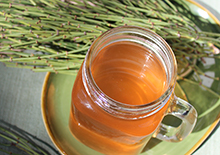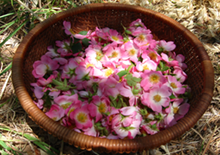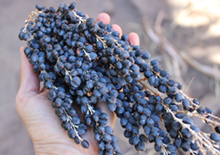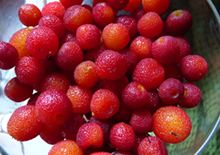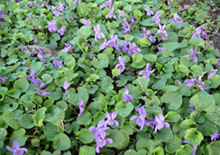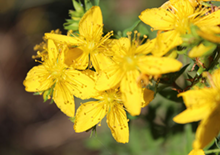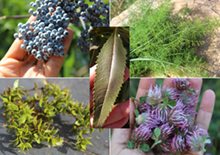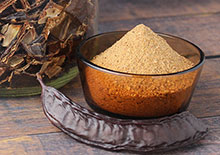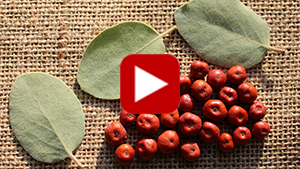- Home
- Wild Plant Foods
- Wild Manzanita Berries and Leaf Uses
Wild Manzanita Berries and Leaves, Food and Folk Uses
Intro | Top Folk Uses | How to Use Berries | How to Use Leaves | How to Use Flowers | Habitat | Precautions | Shop
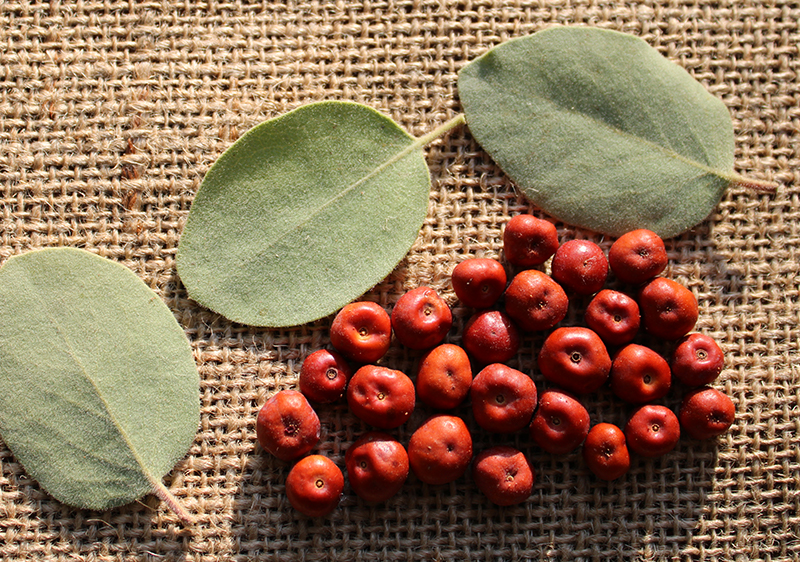
We wouldn't be doing our wild foods list a favor if we didn't mention one of our local California favorites, the manzanita species. Many of you who happen to live in Western North America may be familiar with the thick dense grey-green leaves and beautiful smooth sometimes shedding bark of this magical shrub.
Manzanita is a popular food source for bears, coyotes and various ground animals. Here, we will discuss the several folk uses of manzanita berries and leaves for humans and how to prepare them.
Top Folk Uses of Manzanita
Table of Contents
Intro | Top Folk Uses | How to Use Berries | How to Use Leaves | How to Use Flowers | Habitat | Precautions | Shop
While manzanita can be grown as an ornamental species, the wild varieties are the ones we are referring to when it comes to foraging the edible bell-shaped flowers, ripe red berries or the leaves.
Not only are wild edible plants FREE of charge to any inspired food forager, but they are also fun to learn about and provide an excellent resource in emergencies.
For those wildcrafting newbies, however, we highly recommend purchasing a good wild edible plant guide to accurately acquaint yourself with the plants growing in your local habitat or place of travel.
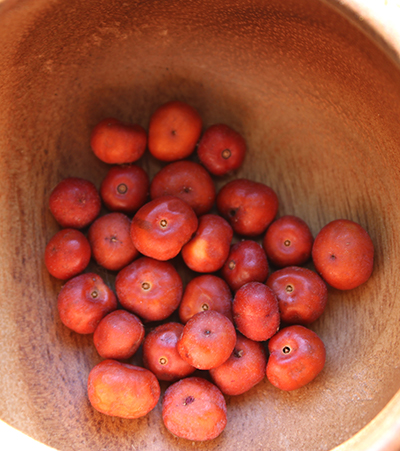
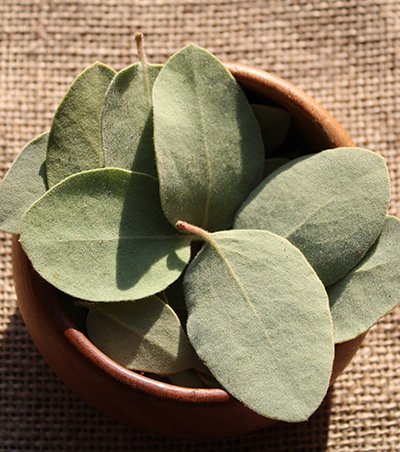
How to Use Manzanita Berries
Manzanita has been utilized for its sweet-tart berries by many native peoples indigenous to these regions for centuries.
Manzanita is a Spanish term that means "little apple". The berry does resemble a mini red apple but this name also comes from its flavor that tastes like apple cider when the berries are infused in hot water.
Aside from the berries use as a tea, we enjoy munching on them to extract their flavorful powder that tastes a bit like the candy called SweeTarts. While the skins and powdery pulp are edible, it is best to spit out the hard seeds.

They are ripe anywhere between June to October, depending on species and location.
They can also be eaten in the greener stage for a tarter "green" apple-like taste experience. As the manzanita berries age, they will wrinkle and become less sweet.
One common folk preparation is to grind them down to make a type of sugar replacement, as they are very sweet when fully mature. Likewise, we have come across information on the use of sweet seeded berries to make jelly or preserves.
Manzanita berries are known for their very high level of ANTIOXIDANTS and VITAMIN C content.
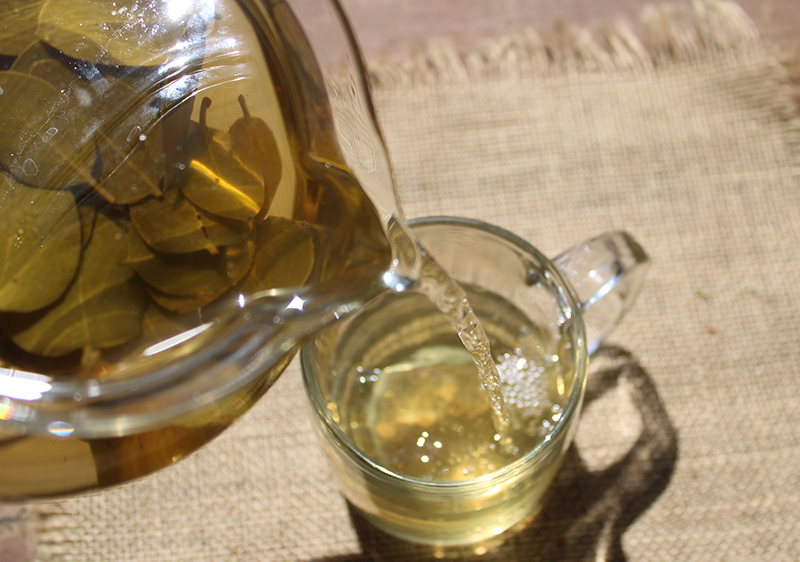
How to Use Manzanita Leaves
The astringent grey-green leaves can be tinctured, brewed as a tea or utilized topically.
While you should never consume the leaves directly, they can be chewed and/or used to make a poultice or a manzanita leaf tea. Keep in mind, manzanita leaf preparations should only be consumed for therapeutic purposes not on a regular basis.
What are they good for?
Most Western herbalists know that manzanita leaves are very similar to uva ursi (also called bearberry), a plant that comes from the same genus Arctostaphylos. Many traditional herbal references consider their properties and uses interchangeable.
Both uva ursi and manzanita leaves contain an antiseptic and diuretic compound called ARBUTIN.
During urinary excretion, strained tea decoctions are believed to benefit urinary mucous membranes, working as an anti-inflammatory for things like urinary tract infections.
This is by far one of its most popular folk uses but the tea or tincture is also claimed to be good for headaches, diarrhea and stomach cramps.
Manzanita leaf tea, when used as a topical spray, is a famous wild remedy for reducing the spread of poison oak, especially upon first contact.
How to Use the Flowers
Manzanita flowers have dainty light pink to white bell-shaped flowers that are edible when young. It is good to taste test them before harvest. They have a sweet nectar that is pleasant to eat in salads or use as a creative culinary garnish.
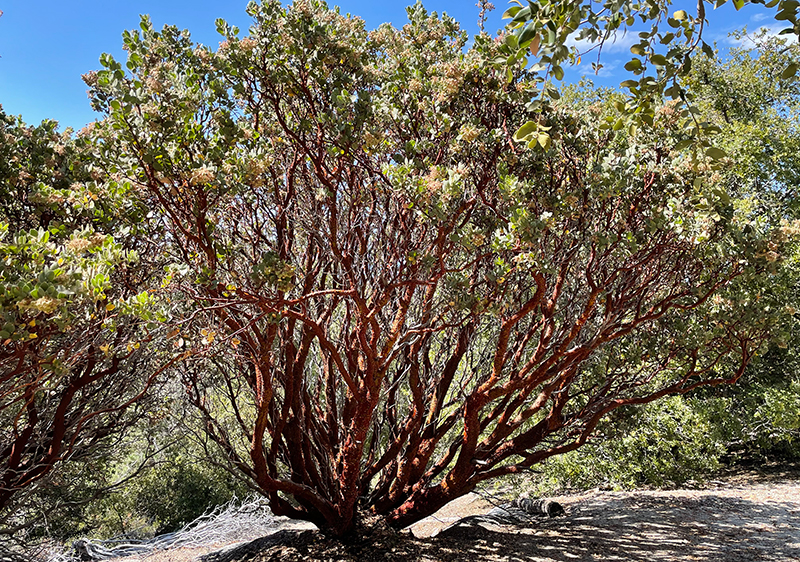
Where Does Manzanita Grow?
Manzanita is extremely adaptable and can live from low elevation foothills to high altitude deserts, thriving in locations with little water and harsh soils. It does very well when hot dry summers and wet winters are a yearly cycle.
It's especially prevalent in California, but it also grows in parts of Nevada, Utah, Arizona, New Mexico, Texas, Mexico, British Columbia, Washington and Oregon. Manzanita can be found in many National and State Parks in these places, so keep an eye out.
There are in fact about 105 species and subspecies, 95 of which are found in the coastal and mountain ranges of California.
Precautions:
Avoid manzanita berries or leaf tea when pregnant. Consult with your medical professional prior to use if you are nursing, taking any medications or have a serious medical condition.
Shop Related Products (About Affiliates & Amazon Associate Paid Links)
Affiliate Disclaimer: This section contains affiliate product links. If you make a purchase through our recommended links, we receive a small commission at no additional cost to you. Thanks for the support.








